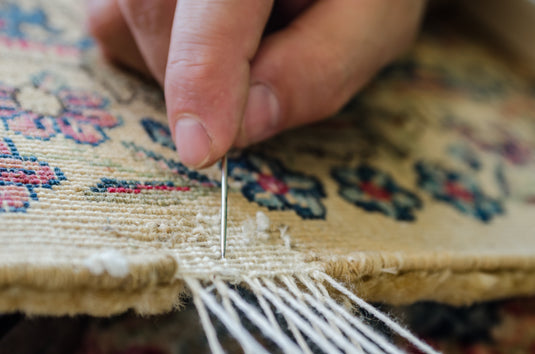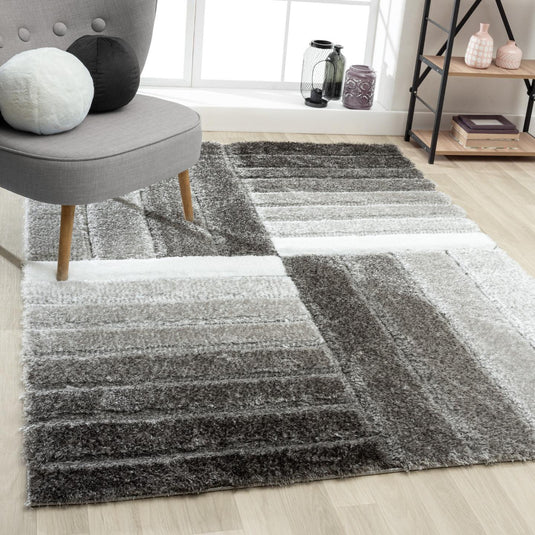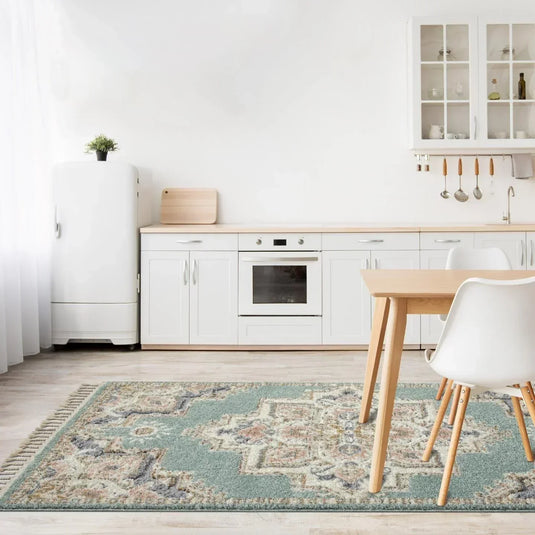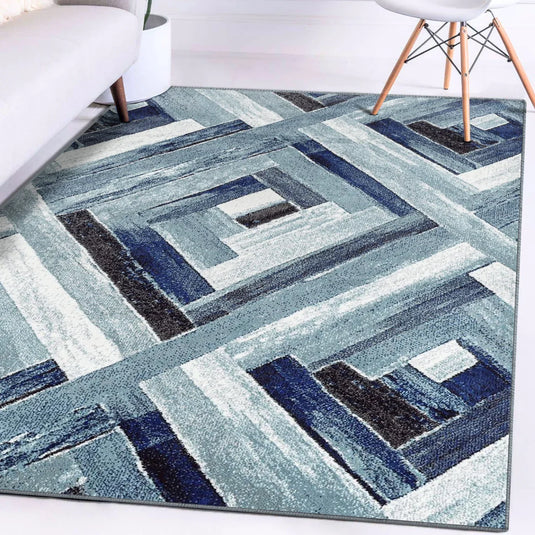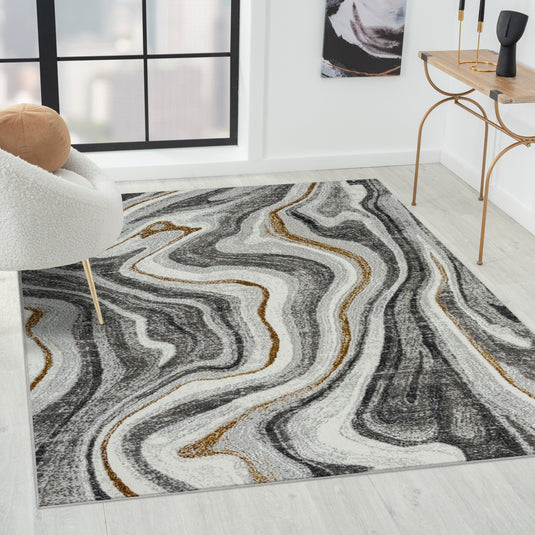The history of rugs dates back to the Fifth century B.C. That, according to the BBC, is the date of the ‘Pazyryk carpet’ which was discovered in the 1920s in Siberia. Throughout the ages, this grand textile tradition has evolved enormously, but the foundation of the art remains: use designs to create thick woven material into decorative, functional pieces.
So how did it all begin?
In this guide we’ll look at the international history of rugs, from the Pazyryk carpet to today’s modern options.
Oldest Rug in the World
How did a carpet preserved in ice show up in Siberia? The world’s oldest rug, according to Matt Camron, was found in the Altai mountains in a grave of the prince 5400 feet above sea level. The grave has been said to be one of the Scjythian people, however, the carpet exhibits a design indicating it was of Persian origin due to images that mimic statues found in Persepolis.

And as far as we can tell, we have Persians to thank for this incredible craft, a tradition that would be carried far and wide beyond their initial work some 2,000 years ago.
500 BC
Skipping ahead to 500 BC, we find rugs mentioned in ancient Greece. Agamemnon, to be specific, has a famous scene with a rug where Women in Antiquity reports, “as it revolves around a discussion of a particular piece of purple cloth that would normally be used as an expensive bridal cloth, proceeding to shock the audience when used first as a carpet, and eventually to ensnare the title character of Agamemnon to kill him. Clearly textiles for floor coverings had reached the Greek empire.
Crusade Appreciation
Fast forward to the Crusades and suddenly hundreds of European warriors are being introduced to fine textiles opening the door for a whole new fashion back home. Opening the doors for new expansion and trade, Europeans fell in love with goods from the East including perfumes, jewels and precious fabrics, rugs chief among them. According to Rugs of Nations, by In 1277, King Louis IX had begun to spread rug popularity through France thus opening the door for custom orders from Middle Eastern countries.
The Orient
Meanwhile, by the 16th century, the Qing Dynasty of China had weakened the height of Asian rug making.
China Heritage Quarterly says that this period was defined by two weaving styles: Tibetan and Muslim. Both were made from wool. The latter was noted for floral prints inspired by porcelain. China Heritage Quarterly goes on to say that the Tibetan carpets are considered more folk art but are still just as important and “Tibetan carpet making may turn out to have been one of the most prolific indigenous design traditions in the world.”
A Décor Shift
One fun fact in the long history of rugs is that by this time in Europe, rugs were so precious people are no longer putting them on floors, but instead displaying them on walls and tables as delicate and precious art pieces. In fact, Britain attempted to start making its own Persian rugs.
And another shift happened when rug weaving moved to India. Following the Mogul conquest of Akbar the Great, India established carpet factories, according to Nejad Rugs. This move made India a leader in rug production, something the British Empire capitalized on by expanding exports abroad.
Modern Rugs
Today Oriental rugs aren’t just made in India or Persia. Modern takes on traditional designs are crafted around the world and wool and silk are no longer the only textiles used. Today, weavers employ poly-blends and synthetic fabrics to produce rugs that pay homage to classic and historic designs while giving contemporary home owners pieces that can stand up to lots of foot traffic and busy lives.
Buying an antique Oriental rug is one easy way of bringing this grand tradition home, but it can be costly. For those of us who want the look and feel of history in our homes without the painful price tag, there is an alternative. Luxe Weavers makes Oriental rugs for a fraction of the cost but with all the beauty and tradition woven in.
Their Oriental rugs are made to have a distressed look giving them the same aesthetic as antique without the fear that they’ll fall apart. For instance, the Victoria Collection Cream Oriental Area Rug evokes an Old World charm, but costs less than $500. The Howell Collection Red Abstract Area Rug is the same. The red medallion pattern mimics Persian design without the high price tag.

To be a part of the long history of rugs, the best way to start is by buying one. And no matter your budget, Luxe Weavers has a rug that will match. With a large inventory of beautifully crafted designs, you’re sure to find a rug in any size to suit your home. To begin shopping, visit luxeweavers.com.
